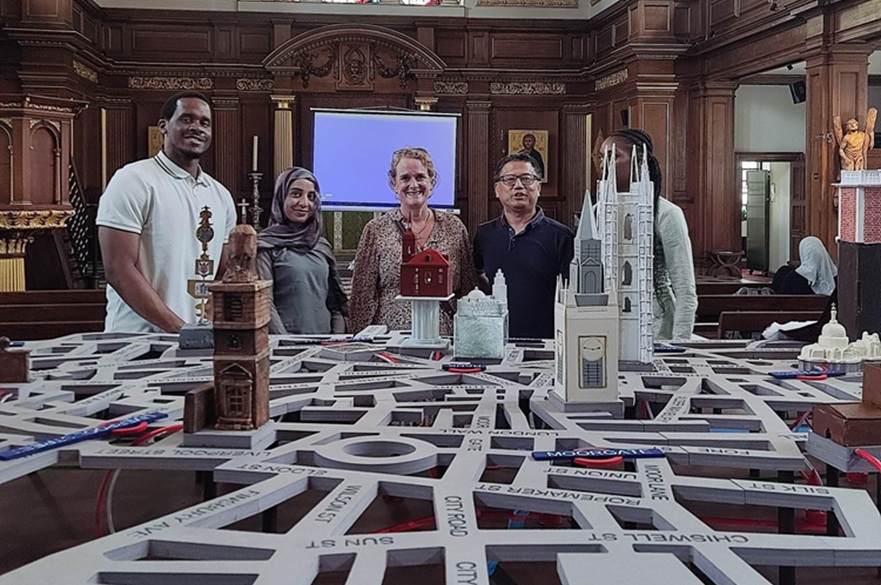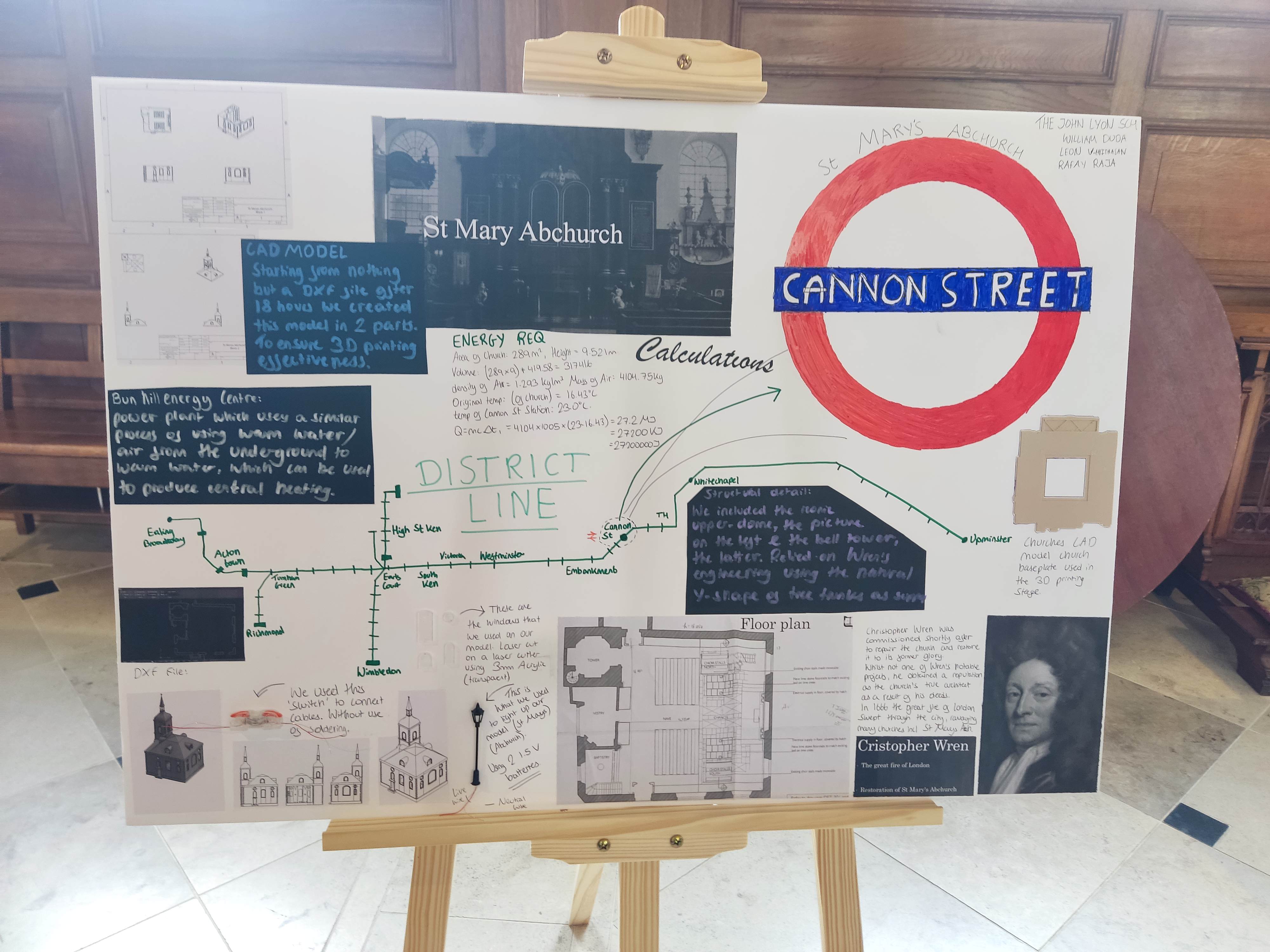Dr Yangang Xing leads innovative initiative to map waste heat and conserve heritage buildings
The project brought together around 100 Year 12 students, research interns, and young volunteer engineers to explore how low-carbon energy could be harnessed to heat historic churches across the City of London.
By Jon Duckworth | Published on 11 July 2025


Students from seven local schools were involved in the project.
The project, generously supported by the National Lottery Heritage Fund and the Royal Academy of Engineering, not only explored how to lower the carbon footprint of historic buildings but also empowered young minds to lead the way in designing for a greener, more resilient future. It provided a platform for future engineers to apply STEM skills to real-world sustainability challenges while fostering pride and responsibility for the built heritage of London.
Dr Xing remarked; "This collaboration serves as a powerful example of how interdisciplinary research and community engagement can shape the cities of tomorrow, respectful of their past, and bold in their vision for the future."
The 3D map that was created as part of the project will remain on display at the Fleet Green Skills Hub, on New Bridge Street, EC4V, throughout the summer.